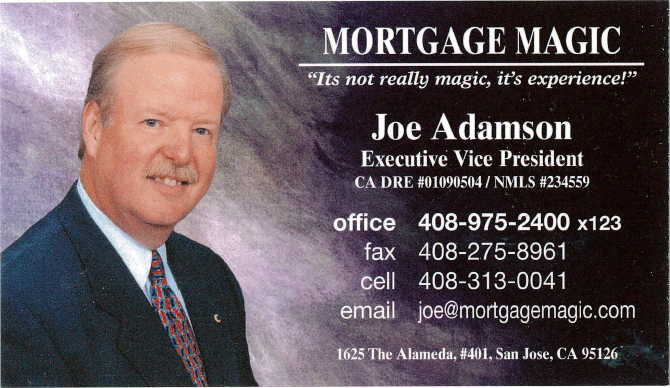Yesterday the Feds increased the Fed Funds Rate by a quarter percent….as expected. Unexpectedly, after-meeting official comments eliminated reference to “accommodative” rates and indicated two more potential increases in 2018 instead of one.
What does this mean? There are pros and cons. The good news? Fed rate increases signal an improving economy with more potential job opportunities, increased pay and benefits. In addition, returns on savings increase.
The bad news? Credit costs increase. Credit card and other adjustable rate financing costs will rise. Bankrate reports average U. S. credit card interest at 17% with average consumer credit card debt at $6,375. A quarter percent rate increase adds about $17 to interest cost and two more increases will add $34 more. Home equity lines of credit and student loan interest costs will rise as well.
Auto loan rates will increase but the effect of an additional quarter percent with typical terms for a new, $25,000 auto loan is about $3 per month.
As for mortgage loans, they’re more linked to U.S. Treasury instruments (primarily Ten Year Treasury Note) so they’ve increased already. Since 2015, the average rate for a fixed rate mortgage is up about .60 percent.
What to do? Reduce credit card debt as much as possible as soon as possible. Refinance lines of credit either with a new loan paying off the first and the line or, refinance the line to a fixed rate loan. That will eliminate any further access to the line but could save a lot of money over time.
